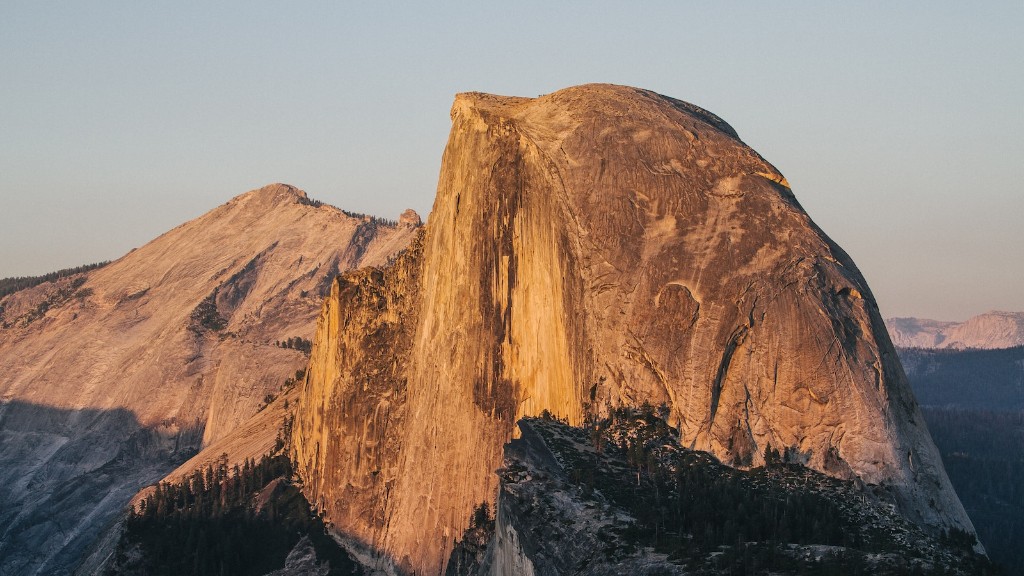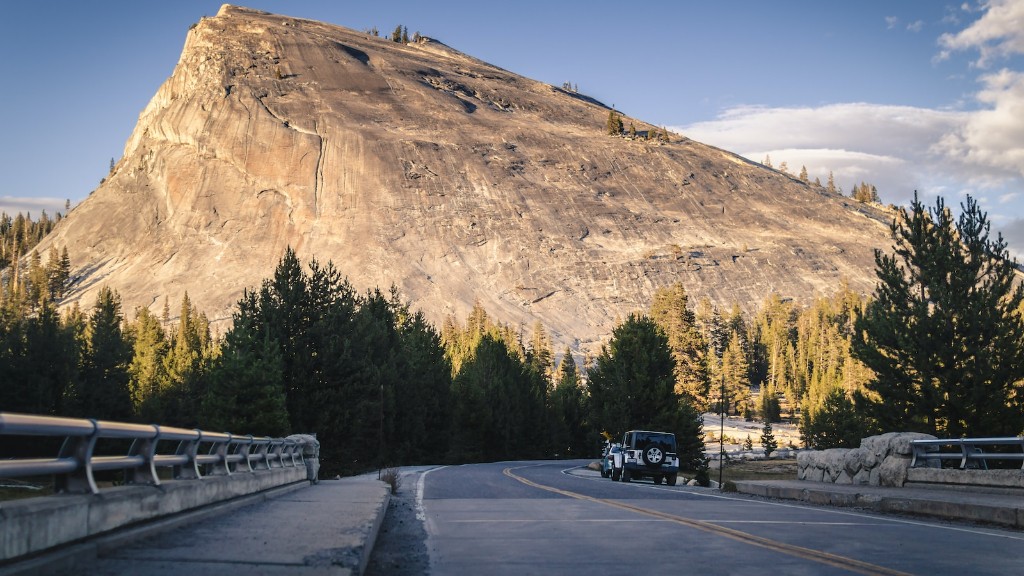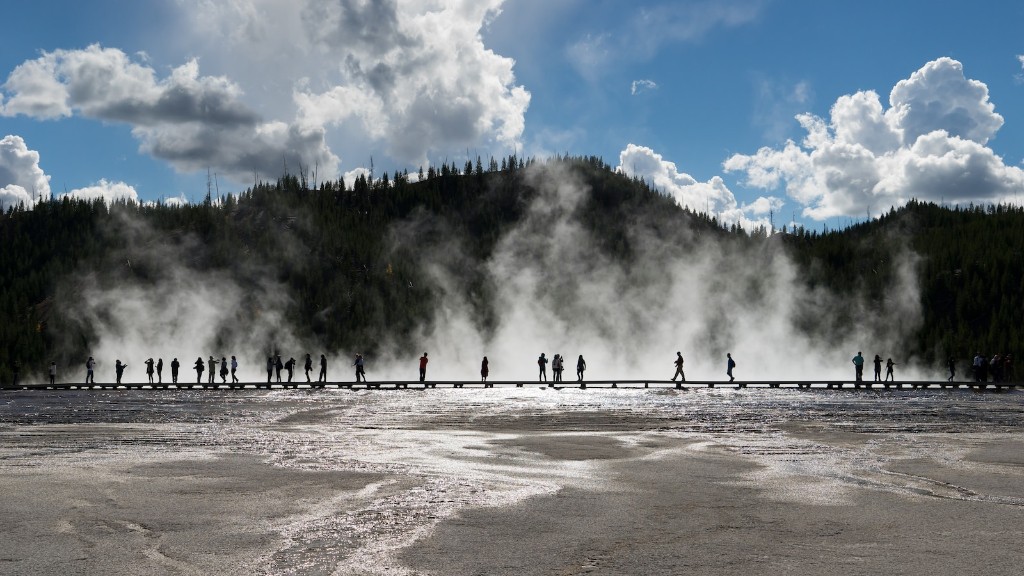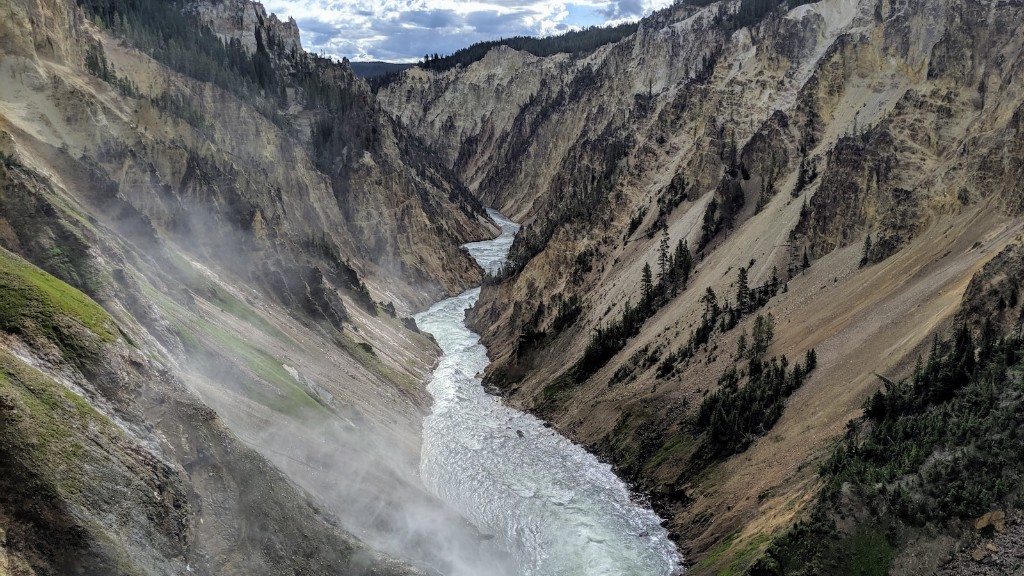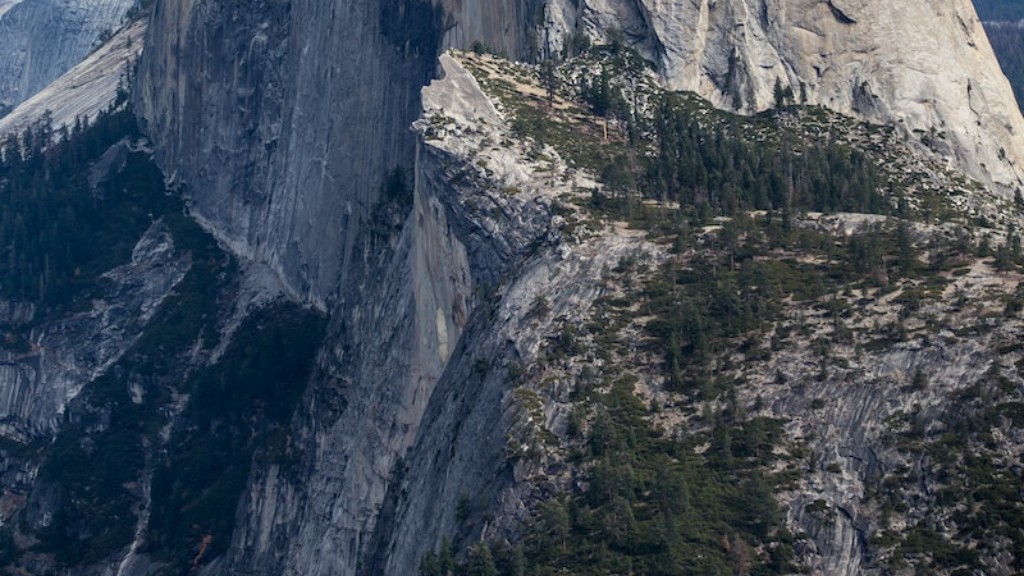When planning for a visit to Yosemite National Park, a key factor in the cost of the trip is the parking fees.
Background Information
Yosemite National Park, located in California’s Sierra Nevada mountains, is one of America’s most iconic natural attractions. It features towering granite cliffs, ancient sequoias, and watersheds that span a variety of landscapes. The California Department of Parks and Recreation manages the park, and it also manages the parking lots and fees therein.
Parking Fees
Parking fees can vary significantly depending on the type of vehicle and the time of year. Generally, fees range from $15 per day for a single-entry parking permit to $50 per day for an all-access pass. There are also seasonal and annual passes available for those who plan to visit multiple times.
For those visiting via charter bus or recreational vehicle, additional fees may apply. These fees range from $15 to $30 depending on the size and type of vehicle. Visitors who park in designated areas may also be subject to additional fees depending on the size and weight of the vehicle.
Payment Methods
Payment for parking can be made with cash, credit/debit cards, or by phone. As of 2019, the park is no longer accepting checks.
For phone payments, call the Yosemite National Park Service at (209) 375-2210 during regular business hours. There is a $2.50 fee for this service.
Parking Rules and Regulations
For the safety of park visitors, all vehicles must comply with the posted parking regulations. The park service reserves the right to tow any vehicle that has been illegally parked or disregards these regulations. Towing fees start at $125 and are the responsibility of the vehicle owner.
Vehicles must remain parked in designated areas. Drivers are discouraged from leaving their vehicles while they explore, as this could increase the chance of theft or vandalism. Park rangers enforce these regulations and may issue tickets or fines to those who disregard them.
Alternatives to Parking
For those seeking to avoid the cost and hassle of parking, there are alternative methods of transportation. The Yosemite Area Regional Transport System (YARTS) offers bus service to and from the park. Tickets can be purchased online or by phone. Additionally, many tour companies also offer shuttle services from the surrounding area.
The National Park Service also has an extensive trail system that allows visitors to explore the park by foot. For long hikes, the park service offers shuttle services that can move travelers to and from their destination.
Finally, for those who wish to spend the night, the park service offers car camping options. Pitch your tent in a designated camping area and park your car nearby. This is a great option for those who want to escape the hustle and bustle of everyday life but avoid the cost of parking.
Environmental Impact of Parking
Not surprisingly, the cost of parking is a big concern for park visitors. But there is another cost associated with parking: environmental impact. While the park is considered a “green” destination, its parking lots are a major source of emissions.
Parking lots are, by their nature, large and impervious surfaces. These surfaces not only trap pollutants, but also prevent runoff from infiltrating the soil. Over time, this runoff can accumulate and cause problems with water quality. Parking lots are also often located on hillsides, which increases the risk of soil erosion and landslides.
In an effort to reduce the environmental impact of parking, the park service has taken several steps. It has implemented systems that capture and treat runoff, as well as planted vegetation that helps absorb pollutants. Additionally, fuel-efficient vehicles and alternative transportation methods are encouraged.
Economic Impact of Parking
In addition to the environmental impacts of parking, there are also economic impacts to consider. Parking fees help to pay for the upkeep of the park. These funds are used to purchase materials, pay staff, and manage the infrastructure. Without these revenues, the park would be unable to provide the same level of services or access to its many facilities.
These fees also help to ensure that the park remains affordable. By charging for parking, the park service can keep other fees low. This allows more visitors to enjoy the park without breaking the bank.
Finally, the fees generated from parking also support local businesses and economies. By keeping the park affordable, more people are able to visit and explore the area. This, in turn, stimulates the economy and helps to create jobs.
Conclusion
When planning for a visit to Yosemite National Park, the cost of parking is an important factor to consider. Fees vary depending on the type and size of the vehicle, and payment can be made in cash, credit/debit cards, or by phone. The park service also enforces parking regulations and provides alternative transportation options. Additionally, there are economic and environmental impacts associated with the parking fees. All factors considered, it is clear that the cost of parking is an important consideration when visiting Yosemite National Park.
–>
